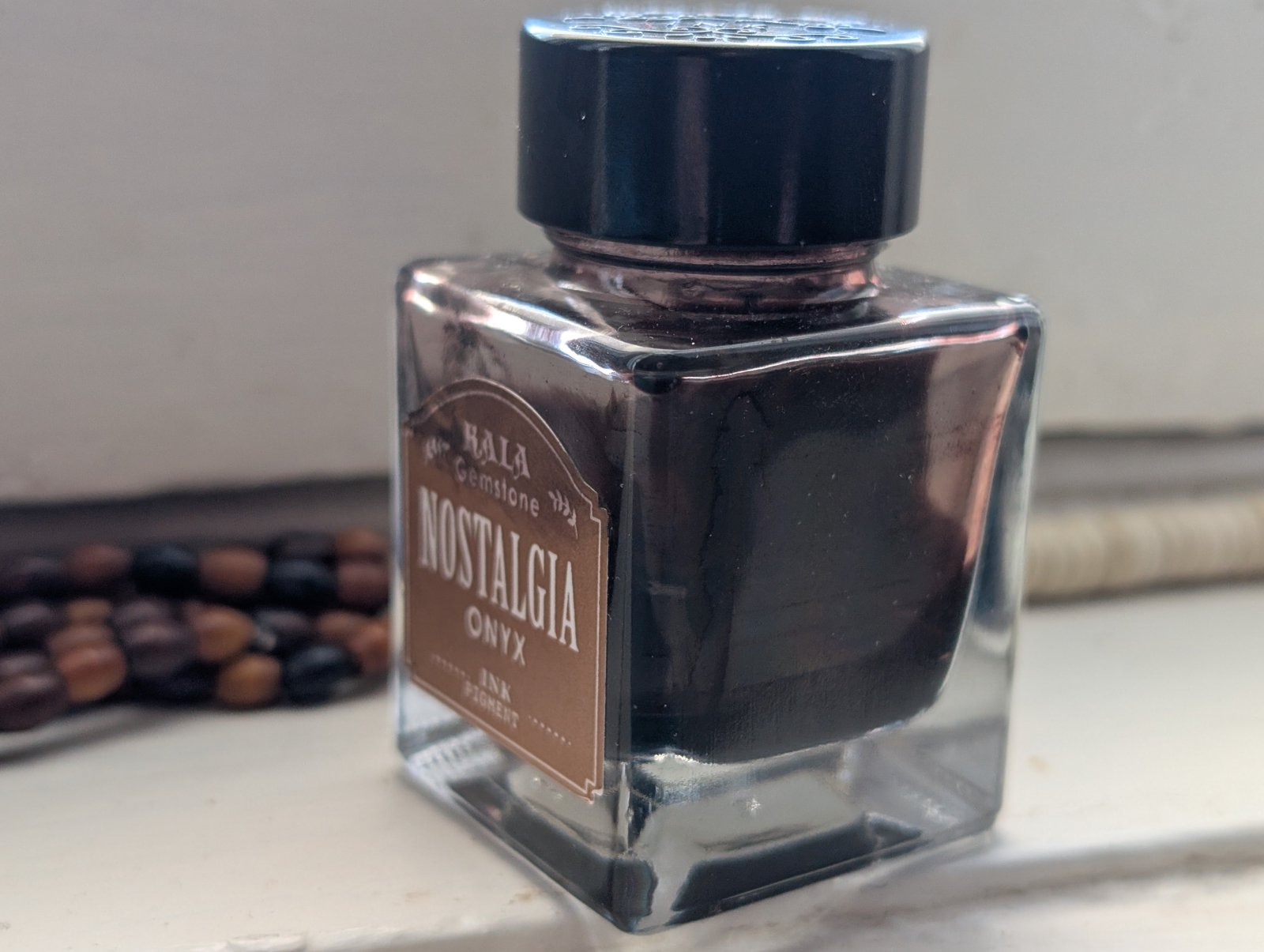Do you believe in Nibs altering to your writing?
Do you believe that a FP nibs mold to suit your hand, as the old saying goes?
152 members have voted
-
Forum Statistics
355.1k
Total Topics4.6m
Total Posts -
Member Statistics
128,227
Total Members18,857
Most OnlineNewest Member
fountainpe69
Joined -
Images
-
Albums
-
4posts
- By Tashi_Tsering,
- 0
- 0
- 69
-
Post related
- By Penguincollector,
- 51
-
USG 8
- By USG,
- 0
- 0
- 68
-
Mechanical's Pens & Ink
- By Mechanical,
- 0
- 0
- 25
-
1 -January-Feb 2025 reviews
- By yazeh,
- 0
- 0
- 100
-


















.thumb.jpg.f07fa8de82f3c2bce9737ae64fbca314.jpg)



.thumb.jpg.331e554113c33fb39d5bf3233878978a.jpg)





Recommended Posts